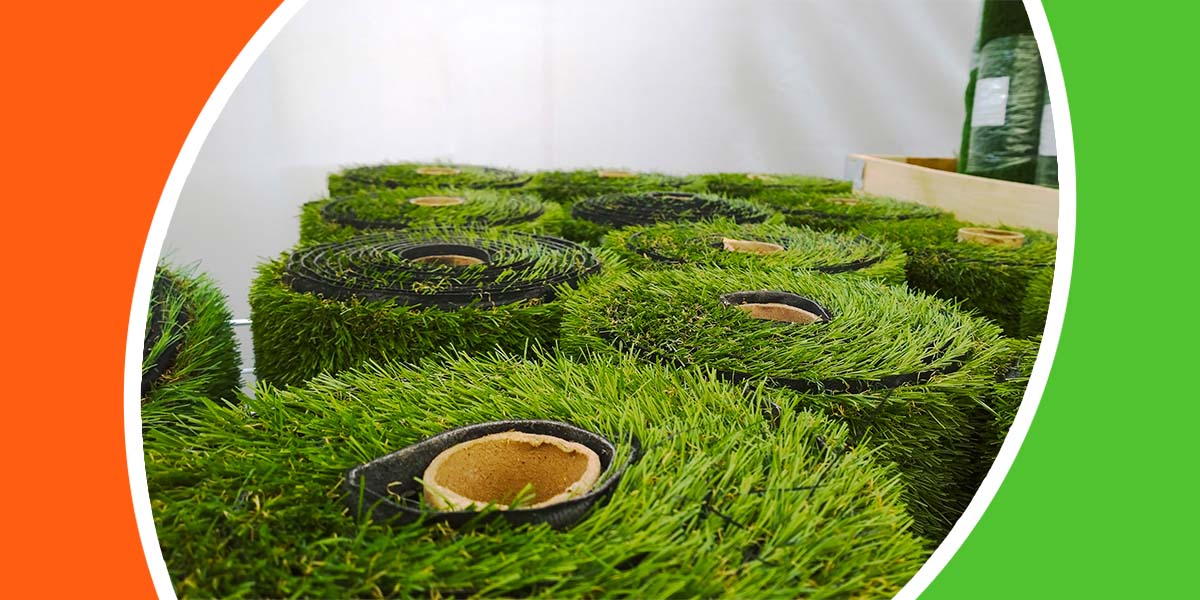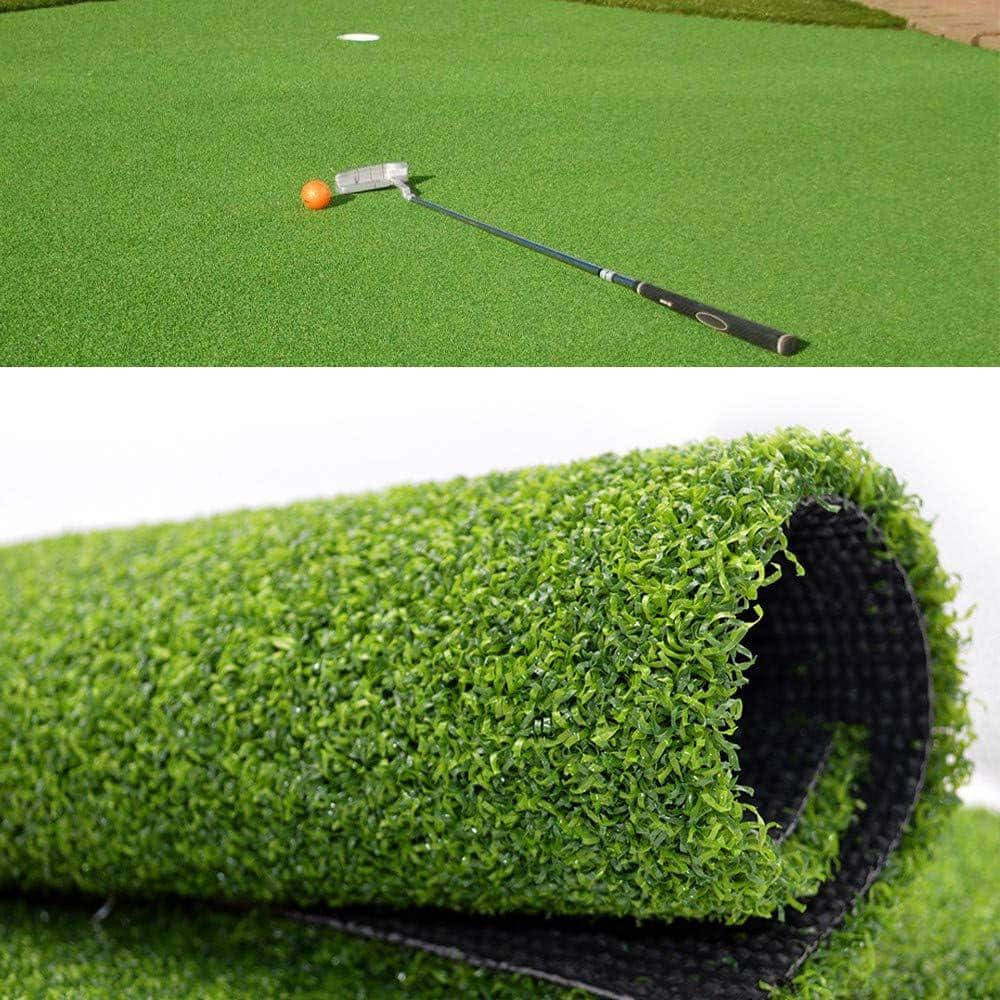Top-Grade Arizona Turf Options for a Beautiful and Green Landscape
Top-Grade Arizona Turf Options for a Beautiful and Green Landscape
Blog Article
Look Into the Environmental Conveniences of Opting for Artificial Grass Solutions
The adoption of fabricated lawn remedies offers a compelling opportunity to attend to pressing environmental difficulties. By dramatically decreasing water usage and lessening the application of unsafe chemicals, these options not only promote sustainable landscaping but additionally shield regional communities.
Water Conservation Perks
Among the most substantial benefits of fabricated turf is its ability to conserve water. Traditional yard lawns call for considerable irrigation, especially in areas prone to drought or water limitations. In contrast, synthetic lawn does not require watering, dramatically decreasing the overall demand for water resources. This feature is especially beneficial in deserts where water shortage is a pressing worry.
By getting rid of the need for normal watering, synthetic grass adds to lasting landscape techniques and aids mitigate the environmental effect of too much water intake. Additionally, the conservation of water extends to the reduction of overflow, which can bring about dirt disintegration and waterway contamination.
Furthermore, the installation of artificial grass permits municipalities and property owners to designate water resources much more successfully, focusing on essential uses such as drinking water and farming. The change in the direction of man-made turf not just promotes accountable water usage but also straightens with wider ecological goals intended at maintaining natural deposits.
As areas increasingly prioritize sustainability, the water conservation benefits of fabricated grass provide a compelling instance for its adoption in domestic and commercial landscape design tasks.
Lowered Chemical Usage
The change to synthetic grass substantially reduces the reliance on chemical therapies frequently used in natural grass upkeep. Standard lawn management typically includes the application of pesticides, herbicides, and fertilizers to promote development and control bugs. These chemicals can present dangers to human health, neighborhood wild animals, and the environment, adding to soil and water contamination.
In comparison, man-made lawn removes the demand for these dangerous compounds. By reducing the release of synthetic substances right into the community, man-made turf advertises much healthier soil and water systems.
In addition, the absence of chemical runoff connected with man-made grass installations assists shield neighborhood waterways from air pollution, sustaining aquatic life and keeping biodiversity. Artificial turf companies phoenix. As areas increasingly prioritize lasting methods, going with synthetic grass provides a sensible option that aligns with ecological conservation objectives. Via this shift, homeowner can appreciate lush environment-friendly rooms without endangering eco-friendly wellness, leading the way for a more lasting future
Reduced Carbon Impact

Furthermore, the installment of synthetic grass can result in substantial water preservation. All-natural yards call for substantial quantities of water for irrigation, which not just adds to the carbon footprint connected with water removal and therapy but also pressures local water resources. In comparison, synthetic grass requires marginal upkeep, requiring no watering, consequently considerably decreasing water usage and its associated power prices.
Additionally, the long life of synthetic grass adds to its reduced carbon influence. With a lifespan of as much as 15 years or more, the demand for constant substitutes is decreased, resulting in less waste and reduced energy intake in production and taking care of standard turf alternatives. Generally, synthetic grass provides a lasting choice for environmentally conscious landscape design.
Environment Preservation
Habitat conservation is an essential factor to consider in the discussion over landscaping selections, particularly when contrasting synthetic grass to all-natural turf. Natural lawn lawns often need considerable upkeep, including using herbicides, pesticides, and fertilizers, which can detrimentally impact neighborhood ecological communities. These chemicals can leach right into the dirt and waterways, harming indigenous flora and fauna and interfering with local environments.
In contrast, synthetic turf presents a chance to lower the eco-friendly footprint of landscape design. By choosing for artificial turf, house owners can minimize the interruption of natural environments connected with conventional yard treatment techniques. Artificial grass gets rid of the demand for unsafe chemicals, therefore shielding nearby wildlife and preserving the integrity of bordering communities. Moreover, the installation of artificial turf can bring about the conversion of previous turf areas into more biodiverse landscapes, such as pollinator yards or native plant locations, which can sustain local wildlife.
Eventually, the change to fabricated lawn not only conserves water and decreases maintenance initiatives but additionally cultivates a much more harmonious relationship in between human tasks and the natural environment, advertising environment conservation in the procedure.
Long-Term Sustainability
Long-lasting sustainability is view a critical element in examining the advantages of synthetic grass over standard yard yards. One internet of the most substantial advantages of fabricated grass is its sturdiness; it can last up to 15-20 years with minimal maintenance, whereas all-natural turf calls for regular reseeding and substitute. This longevity lowers the requirement for constant sources, such as water, plant foods, and chemicals, which are important for keeping a healthy yard yard.
Furthermore, fabricated grass adds to a decrease in carbon discharges linked with yard care equipment. Standard grass often need gas-powered mowers, leaners, and blowers, all of which add to air contamination. Arizona turf. In comparison, synthetic grass removes the need for such devices, advertising a cleaner setting
Furthermore, the production of artificial turf significantly uses recycled materials, enhancing its sustainability profile. As suppliers take on environmentally friendly methods, the environmental footprint of synthetic grass continues to reduce.

Verdict
The adoption of synthetic grass remedies offers significant environmental benefits, including considerable water conservation, minimized reliance on harmful chemicals, and a reduced carbon impact. Fabricated lawn aids in preserving all-natural environments by decreasing land disruption and advertising long-lasting sustainability via the usage of sturdy materials. Jointly, these variables emphasize the potential of synthetic grass to contribute favorably to environmental health and wellness and use read this article a sensible option to typical landscape design practices in a progressively resource-conscious world.
In contrast, man-made lawn does not require watering, dramatically decreasing the general need for water resources. By reducing the launch of synthetic substances right into the environment, synthetic turf promotes healthier soil and water systems.
In addition, the setup of fabricated lawn can result in considerable water preservation. In contrast, artificial grass requires marginal upkeep, needing no watering, thereby substantially minimizing water use and its linked energy prices.

Report this page